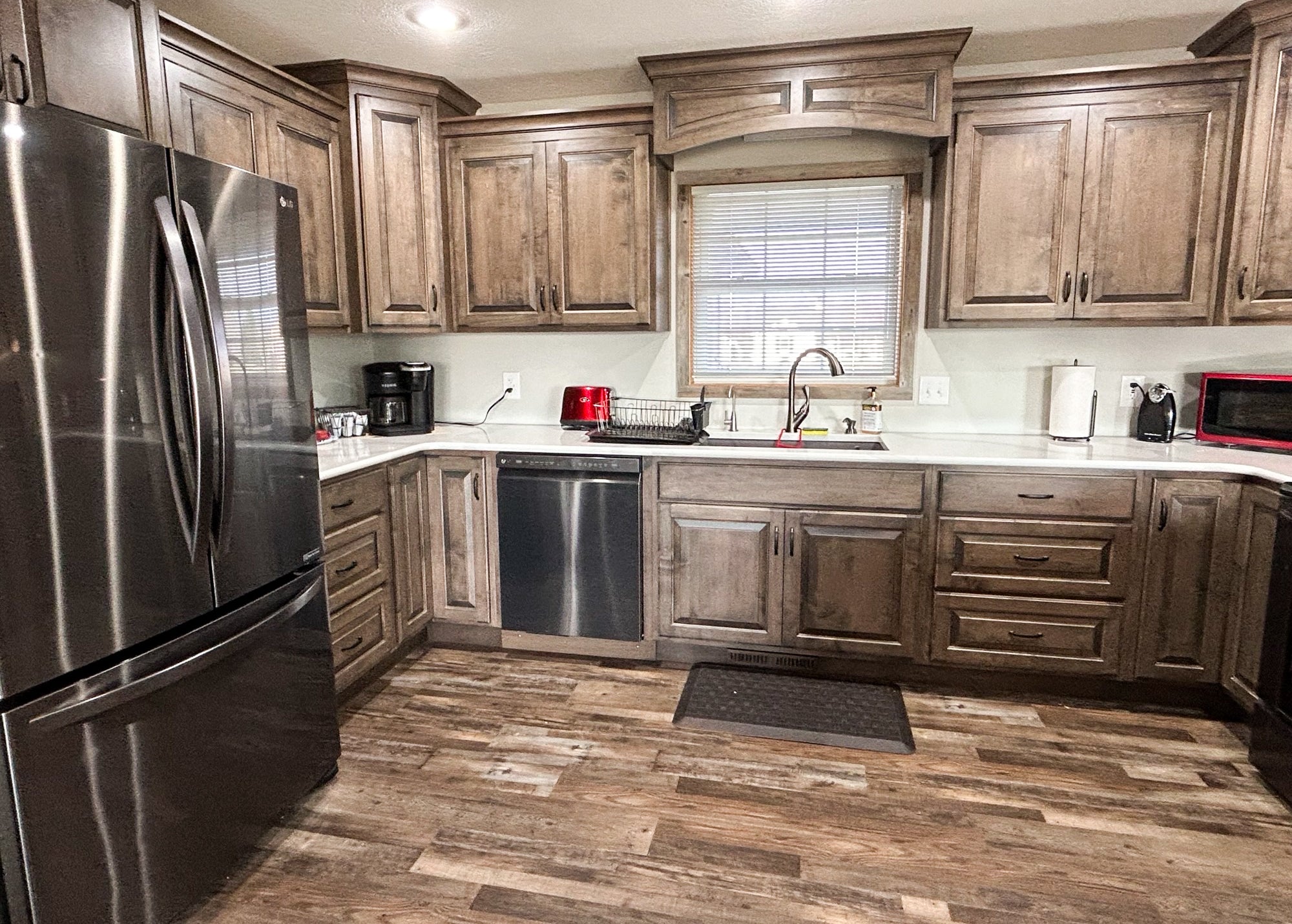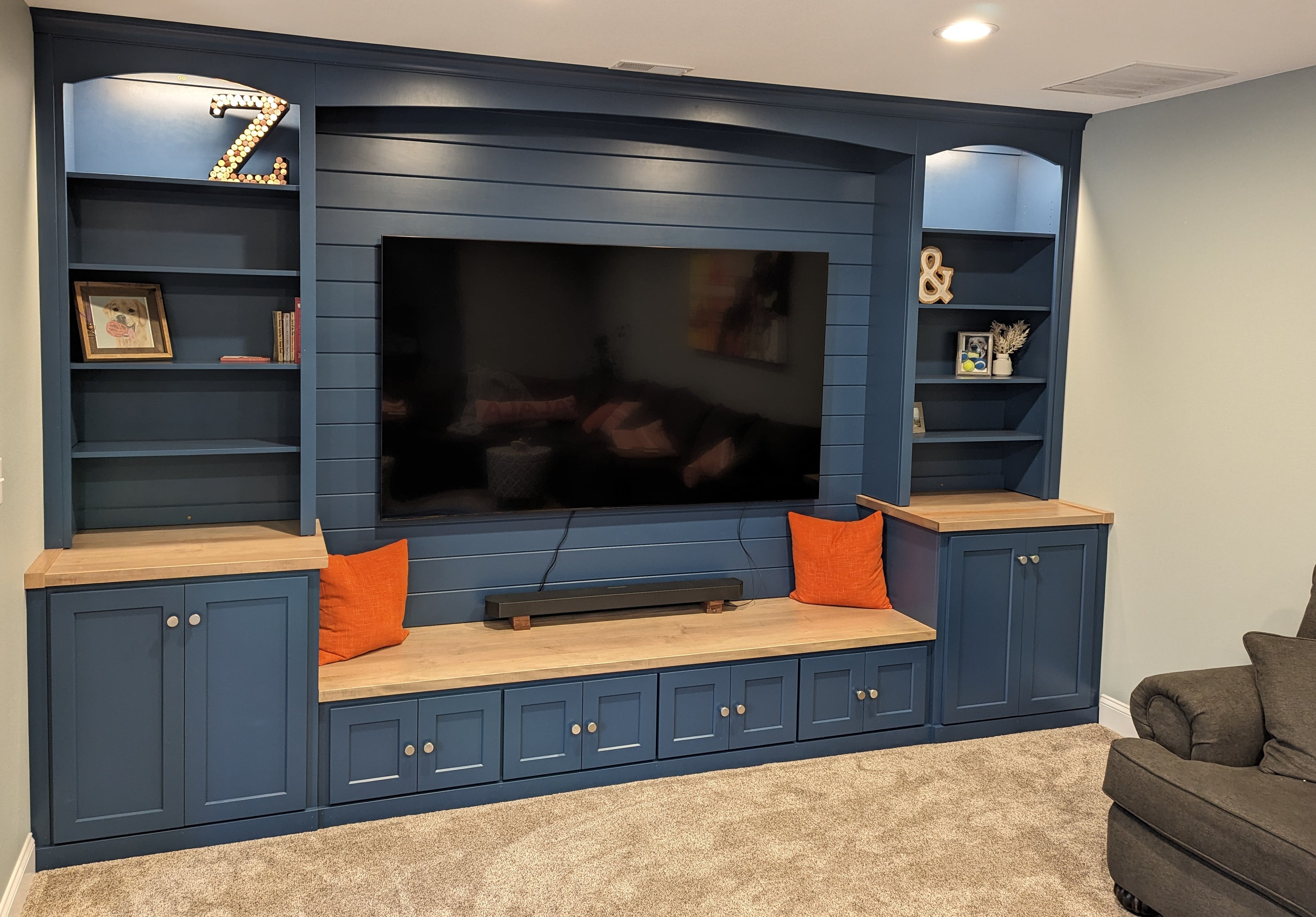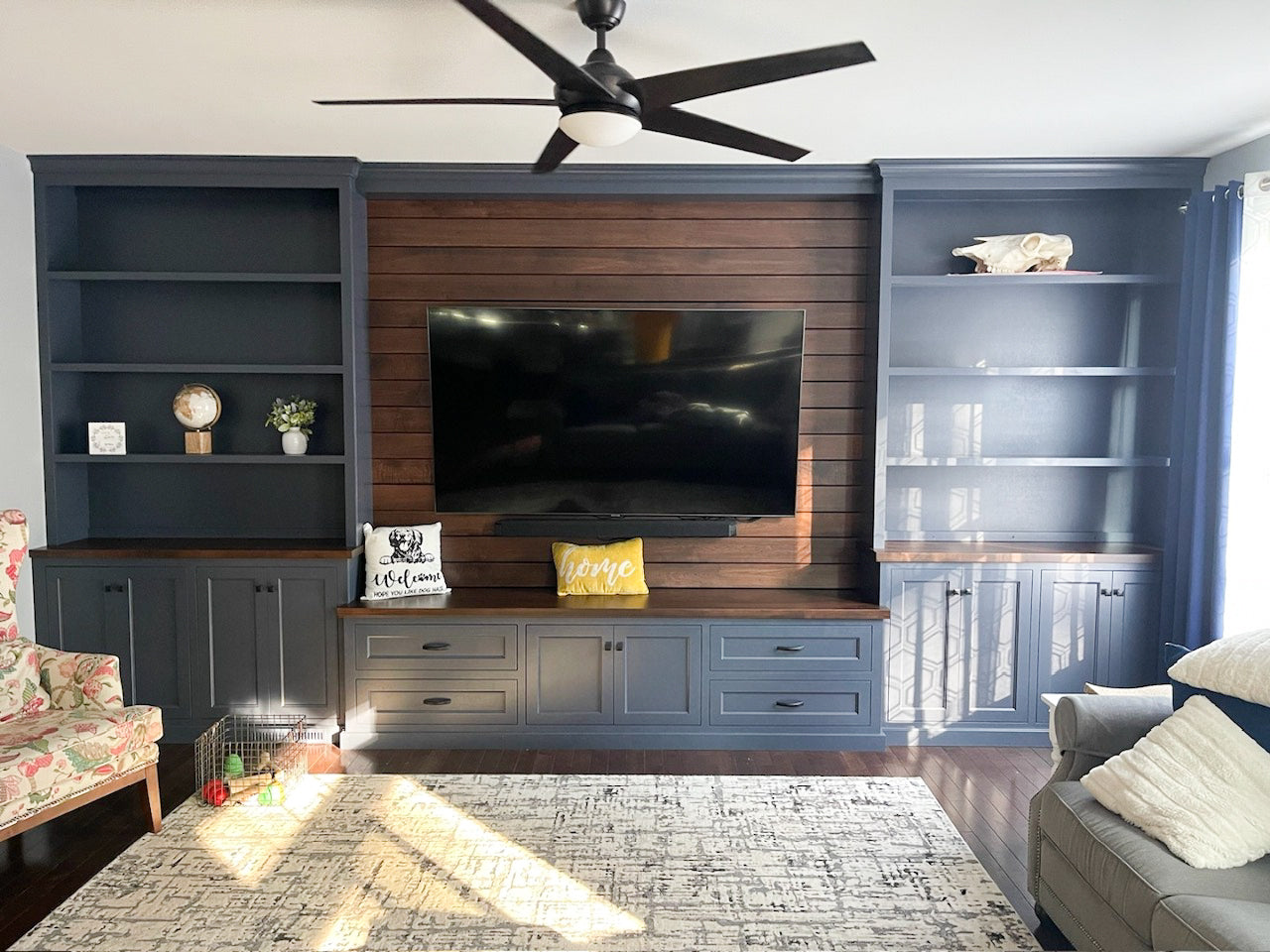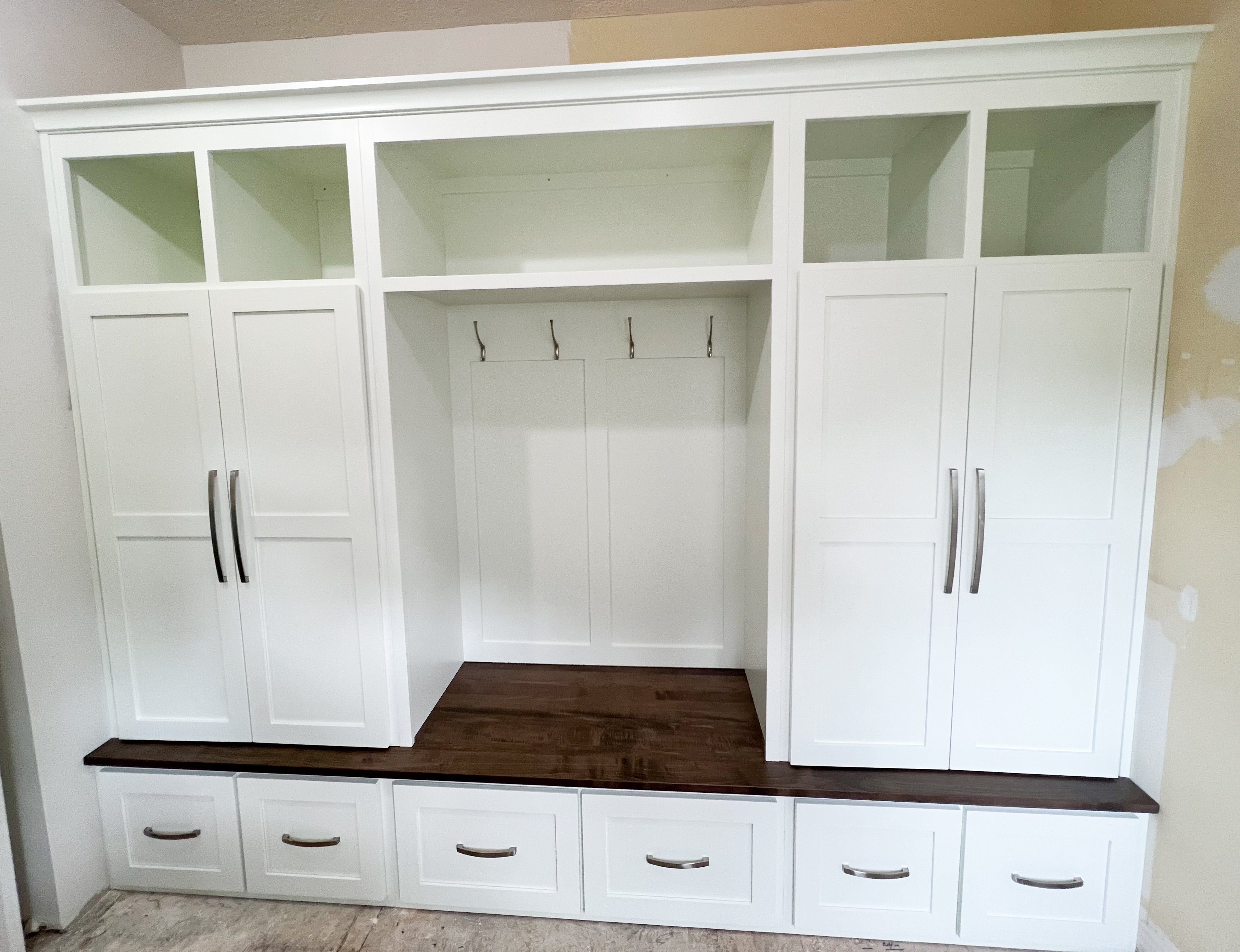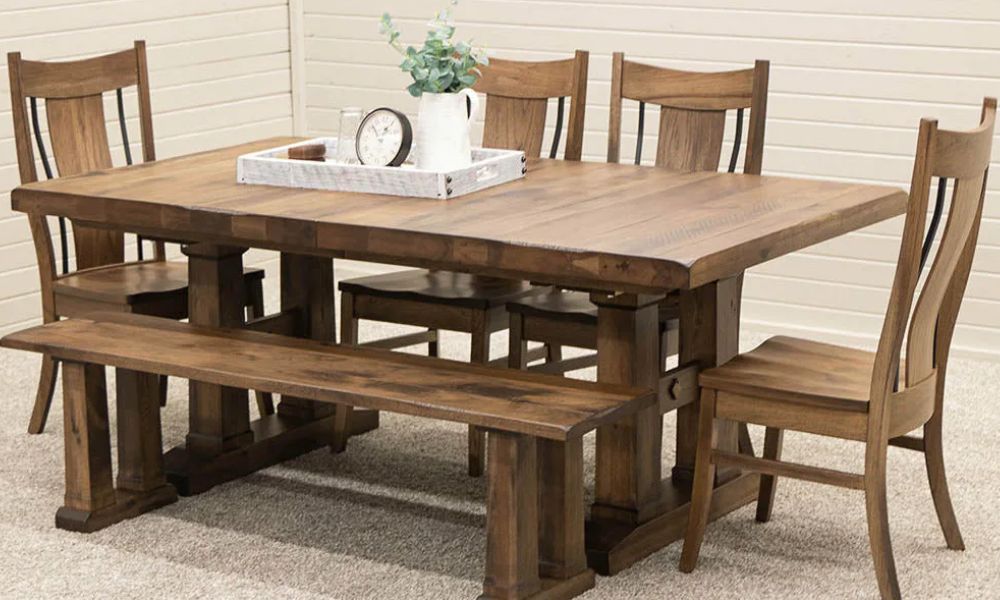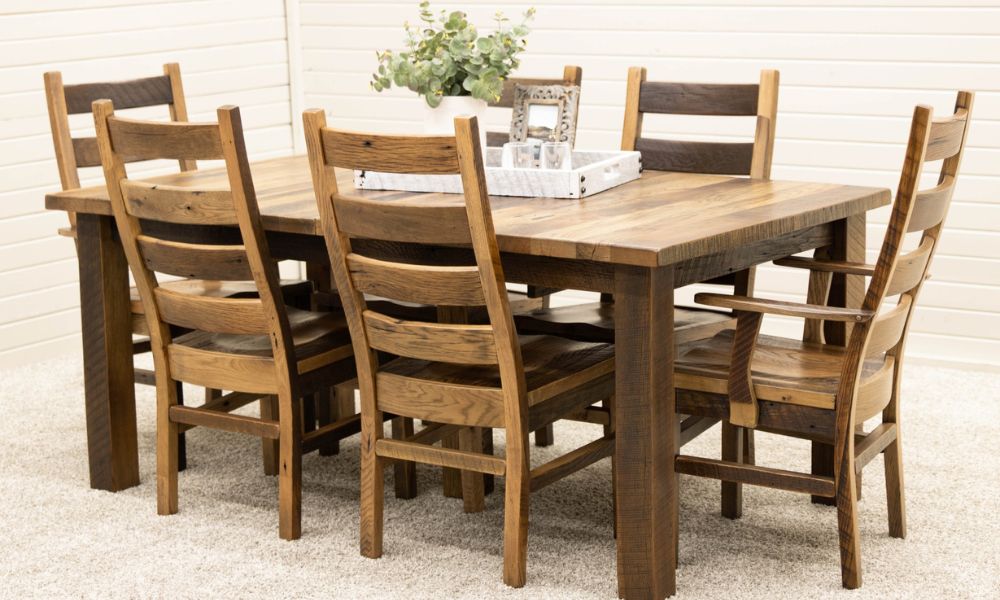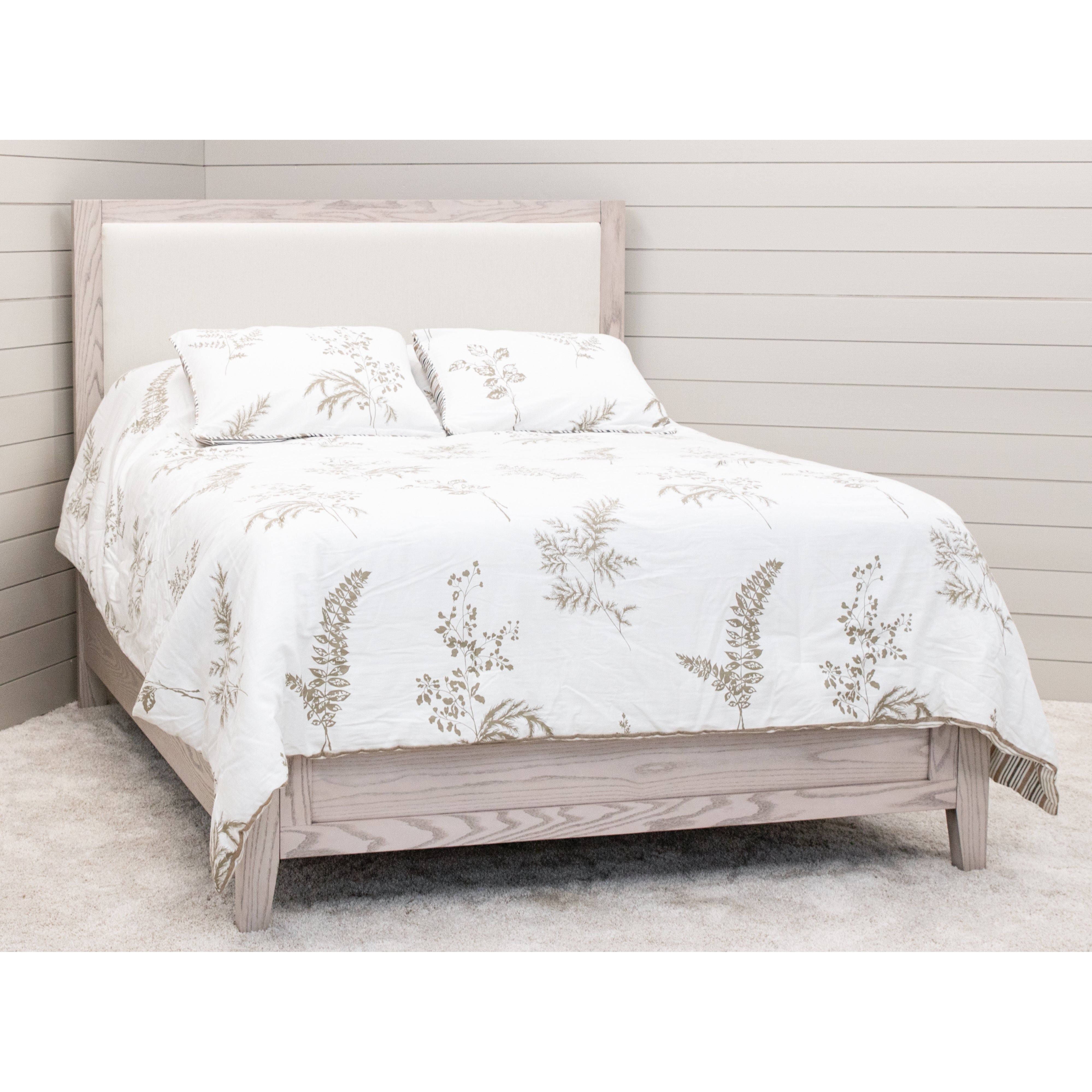Creative Ways To Separate Your Dining Room and Living Room
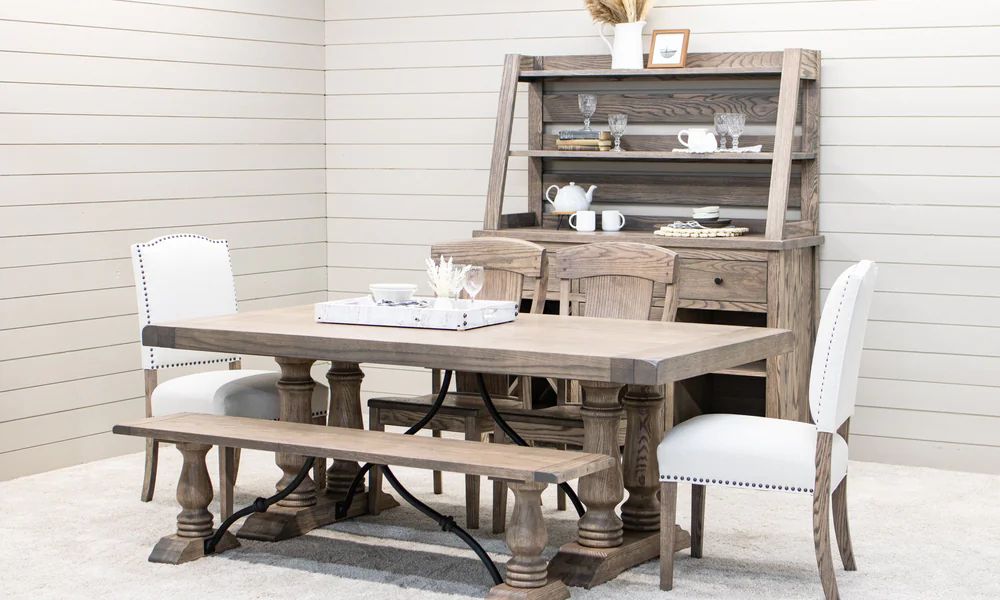
Have you ever felt the need to put a boundary between your dining area and living room but were unsure how to do so without compromising the flow of your living spaces? How you delineate these two vital areas of your home can significantly affect the comfort and aesthetics of the overall space. It’s about ensuring each area retains its functionality and charm while providing a seamless transition. These creative ways to separate your dining room and living room will help you do so without sacrificing their inherent connection.
Weaving Elegance With Furniture Placement
Furniture is the narrative of a room, and how you arrange your pieces tells a story of comfort, luxury, or functionality. Strategic placement is one way to elegantly divide the dining and living areas. Angle your sofa or beautiful solid-wood dining table in a way that shows separation between the two spaces. It’s also a way to show off your gorgeous Amish-made table and chairs. A carefully positioned rug can also offer a subtle boundary, creating an anchor for your dining table that doesn’t infringe on the coziness of your living area.
Building Community With Functional Partitions
Partitions don’t have to be static. They can play multiple roles, such as additional storage or doubling up as a display unit for your favorite pieces. Bookcases are a timeless and practical solution. They act as physical barriers without making the room feel smaller. Sliding doors are another custom and flexible solution, allowing the space to open completely when you have guests over and the two areas to blend beautifully.
A narrow buffet or open table behind the sofa acts as another multifunctional partition. This partition type can serve as a great living room accent table that gives you a place to set a lamp for reading and provide storage for the dining area or an extra serving area while hosting family dinners.
Solid wood buffets also make beautiful bar cabinets. You can strategically place them for easy access, whether you are opening a bottle of wine over dinner or sipping your favorite cocktail with friends in the living room. Having a storage cabinet custom-sized to fit your space perfectly greatly increases your open floor concept’s functionality.
Illuminating Elegance Through Lighting and Color
Light and color are the painters of your room’s canvas, offering different moods and highlighting the use of individual spaces. Strategically placed lamps, pendant lights, or even chandeliers help define the mood within each area. Think warm, muted lights over your dining table for intimate dinners and brighter, task-oriented lighting in the living room.
Clever use of color through accent walls or complementary color schemes can further accentuate the division, all while maintaining balance and harmony. Social media offers endless advice for selecting complementing paint colors that create a cohesive feel for your entire home. A light color on your kitchen or living room walls looks beautiful and keeps the space bright in your primary working zones. Using a darker shade from the same color palette to accentuate the wall behind your dining room table adds coziness to the space.
Pay attention to the natural light that flows into your home through the windows and patio doors. South or west-facing windows add lots of natural, bright light and may need deeper paint colors on the walls to create a cozy feel.
Boundaries With a Touch of Innovation
Sometimes, the most effective ways of defining spaces are the most innovative. Glass partitions and hanging or floating shelves offer the benefit of creating a distinct area while still allowing natural light to flow and maintaining a sense of openness. Convertible furniture pieces are great for multifunctional spaces. Think of extendable dining tables or a sofa with a chaise that you can pull forward to indicate the living area.
You can enjoy the best of both worlds by incorporating these creative ways to separate your dining room and living room. The key is to think beyond the walls and explore how boundaries can create new opportunities for design and comfort within your living space.

